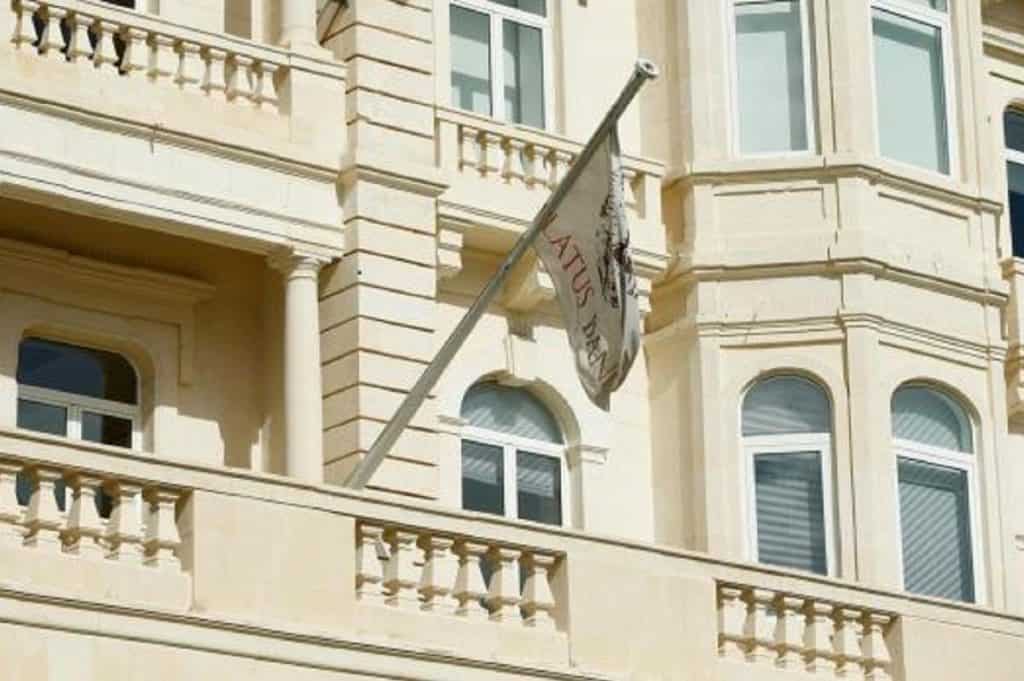Continues from Part 1, linked here.

In this article, I am writing on some of the key points highlighted in the second and third six-monthly reports of the Competent Person, together with my observations. These two reports were addressed to the Parliamentary Secretary for Financial Services and Digital Economy, on 24 March 2020, and 14 April 2020 respectively.
A – Report for the six months September 2018 to February 2019
The Competent Person reports that:
- On 2 November 2018, a few days before the European Central Bank (ECB) withdrew the Bank’s authorisation as a credit institution, a Magisterial Inquiry commenced at the Bank and access to the Bank’s premises and the Bank’s systems was restricted. In his report to the Parliamentary Secretary, the competent person states: ‘Please be advised that the Bank did not acquire access from the Courts to its records until October 2019’.
- On anti-money laundering matters, a number of accounts were identified as a cause for concern. The Securities and Markets Supervision Unit raised numerous issues in relation to the safekeeping of certain assets as well as the segregation (of duties) at the Bank.
- The financial situation as at February 2019, did not vary much from that as at August 2018.
B – Report for the six months March 2019 to August 2019
The Competent Person reports that:
- It was not until May 2019 that access to the Bank’s premises was regained, and to do so, the lawyers were required to file various applications to the Court, for the release of the hard copy records and access to the Bank’s premises, and for release and access to the IT system and soft copy records, and these would be released on a rolling basis (that is, not all together). More importantly, the retrieval of the IT system was exceedingly complex and difficult, as its management ceased since it was impounded.
- In fact, right up to August, it was required to request Court access to various parts of the IT system, and to negotiate new agreements with providers and support entities.
- The Competent Person states that during the period under review, he continued to exchange correspondence with the legal advisors representing a borrowing customer that wished to repay their loan prior to its maturity (18 August 2018). The request for repayment had been sent in April 2018.
- To date, the authority of the MFSA for such early repayment has not been issued, this matter is still pending and the relative loan has not yet been settled.
- The financial situation as at August 2019, did not vary much from that as at February 2019. Net Assets were €98 million in August 2019 and €4.07 million in February 2019. The net assets on 21 March 2018 (date of appointment of the competent person) were €10.79 million, and this amount was impaired by €3.52 million on loans receivable, and €0.93 million on fixed assets.
Observations
- My first observation is one of great concern, on the long delay in allowing access to the Bank premises, to the hard copy records, and even more to the IT system and soft records which were being kept at the Courts. This situation, in an environment of potential money laundering activities involving politically exposed persons in Malta and Azerbaijan, the high risk money laundering jurisdiction of Azerbaijan, and the destination of funds to and from the highly secretive jurisdiction of Dubai, highlights the possibility that space may have been created for the manipulating of hard data and electronic data/IT systems, both at the Bank premises and, but hopefully not, at the data depositary at the Courts.
- Another concern is the possible reason underlying the request for an early closure of a loan given to one of the customers, which is still pending nearly 20 months after the maturity of the term of the loan.One possible reason could be that the loan was a cover up for a money laundering transaction and the loan holder wished to close the loan to lose trace of the transaction and possible incrimination.